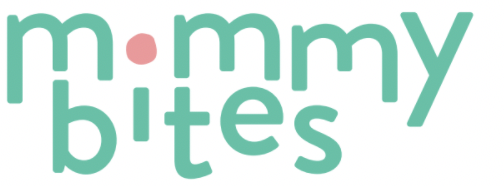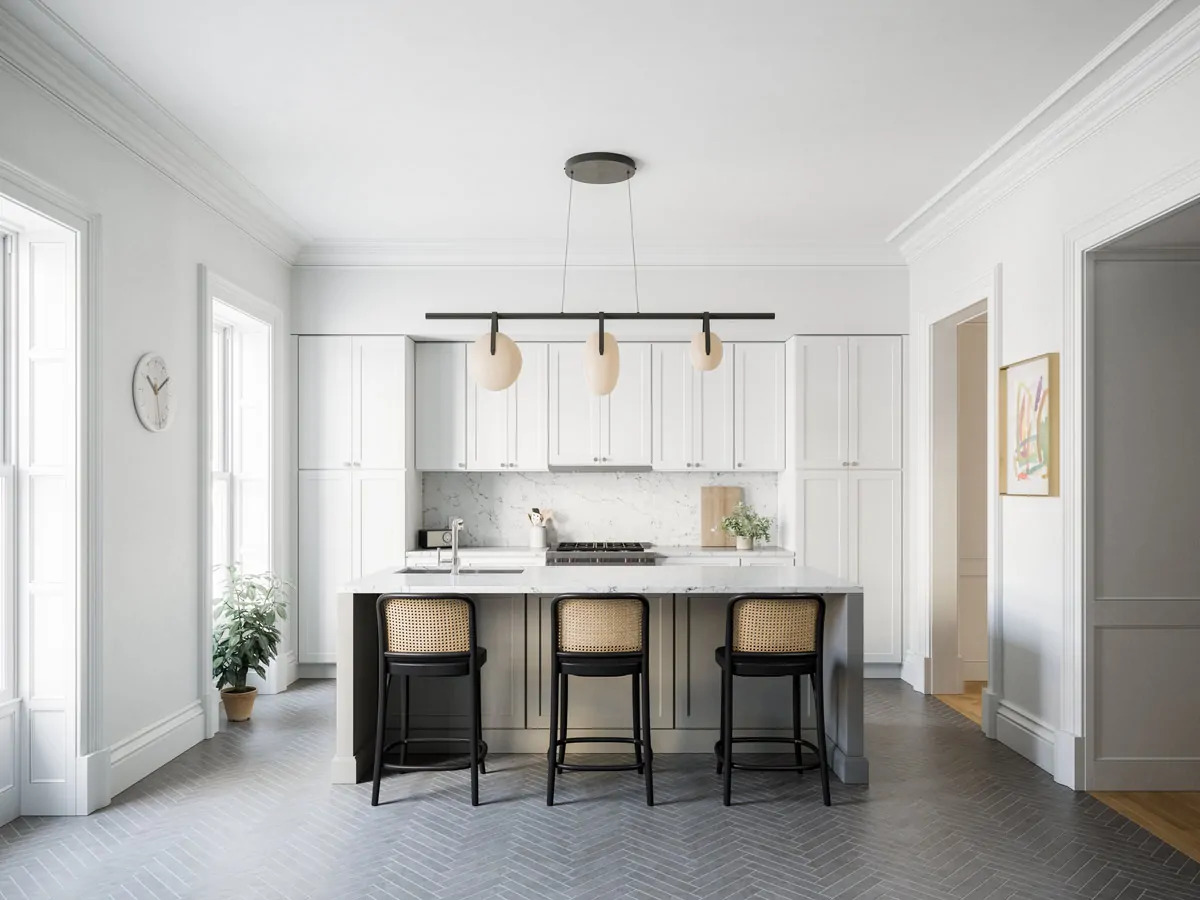
Five First Steps to a Home Renovation
Renovating your home is exciting—there’s a new and improved living space on the horizon. But launching the process, especially in New York City, can be daunting—which is why we came up with some good first steps.
Determine Your Budget
It’s not easy to set aside a large sum of money but calculating a renovation budget in the beginning of your project will keep you focused as the renovation revs up. It will also help you determine the scope. For example, will it be just the bathroom tiles or the tub as well? It’s important to think through what you care about most: Are you going for the most cost-effective route or are you willing to sacrifice cost for long-lasting quality?
Hire the Right Team
While DIY renovations are popular, the process is way more difficult than it may look on HGTV. Every NYC building has its own insurance policies and renovation rules, so it is important to find pros in the know—including designers, legal advisors and financial planners. A good first step is to interview friends and family for recommendations. You can also read reviews on Houzz and in the discussion forums of local real estate websites like Brownstoner and StreetEasy.
Put a Pro in Charge
You want someone in charge who knows the ropes and can communicate with the rest of the team. This is usually a general contractor—whom you can find via a service like Sweeten which hooks up homeowners with screened general contractors in NYC. There’s also Block Renovation, the first home renovation platform that not only helps design your project, but also matches it with a vetted local contractor (as well as an experienced team and the materials needed to carry it through.) While you should always be an active participant in your own home renovation, it can be a huge relief to know there is a pro in the room.
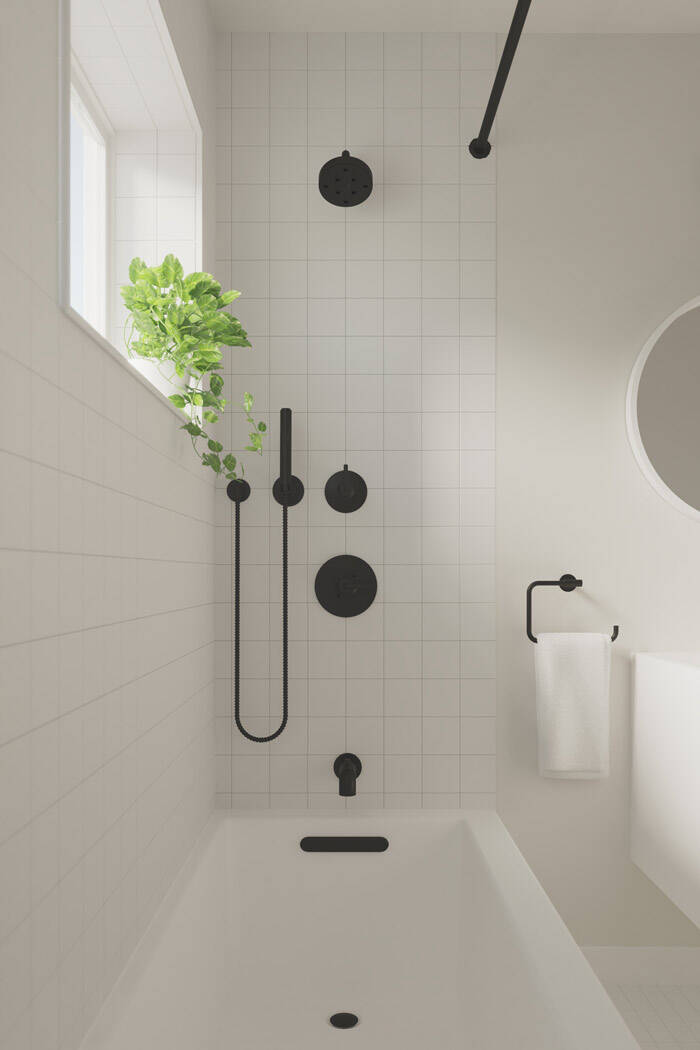
Create a Plan
It’s important to start the project with a thorough plan that includes evaluating any risks, gathering all necessary paperwork, and putting back-up plans in place. For example, how and when will the construction materials be delivered and where will they be stored? This can be tricky in a big city but a NYC-based renovation company like Block can plan and execute all of these details.
Understand Your Timeline
Hope Hollands, a project planner at Block says she can’t emphasize this enough: “Being truly educated about what to expect around timelines is going to keep you sane during the renovation process.” Home renovations, especially in NYC, will often require board approval, permits and procurement of materials—which could take weeks or months. And because you never know what you might find behind those prewar walls, getting educated and staying up to date with your trusted team will make the experience less stressful.

Planning a Family Home Renovation
Renovations can be tough on families—the disruptions and lack of continuity, not to mention the dust and mess, can drive everyone crazy. Hope Holland, a project planner at Block Renovation, recommends families take the opportunity to go on a vacation. For those who can’t manage that, or if COVID is preventing travel, we came up with some tips for keeping the family sane.
Carve Out a Living Space
Depending on the size of the project, you will likely have to make adjustments to your lifestyle and create livable zones for your family—which can be challenging in a small NYC home. Many reno-veterans have found it useful to invest in a mini fridge or a slow cooker. If possible, dedicate one bathroom for your family and another for the construction team. You can also request that your contractor set up temporary zipper walls to shield your family from the worksite and reduce the amount of dust filtering into your living quarters.
Keep the Family Safe
According to Holland, parents should make sure their construction team has specific protection guidelines. “You can work with your team or contractor to ensure the materials (i.e. paint, waterproofing, etc.) are safe and appropriate for the space,” she says. “If you’re procuring your own finish and fixture materials, your contractor will still likely be willing to take care of the raw materials and make recommendations from there.” During this pandemic, it’s crucial that you work with a team that is taking all safety protocols including masks and social distancing. And don’t forget to regularly remind your kids which areas are off-limits.
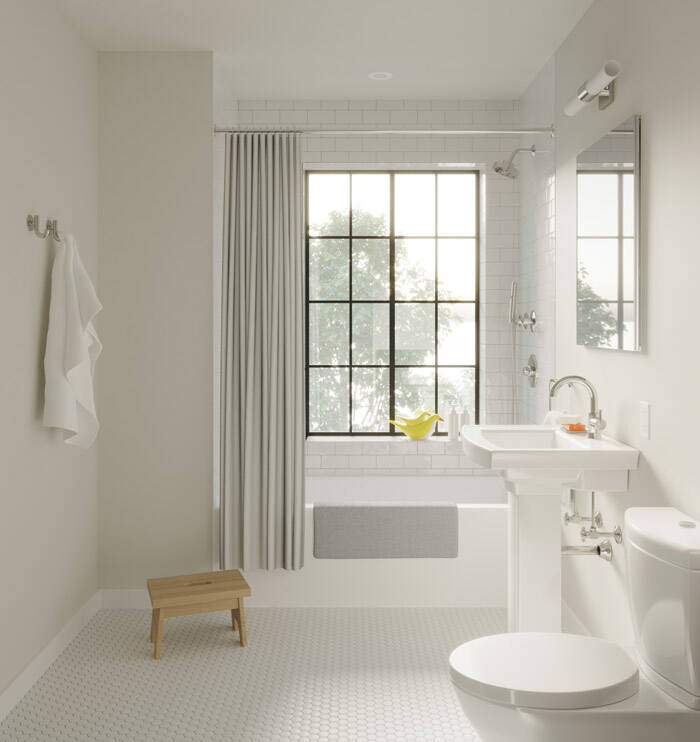
Clue in the Kids
There are going to be a lot of questions and likely some confusion for kids, especially the young ones. Make sure you explain everything to them so that they really understand what is happening and they can share the excitement with their friends and family. Cathy Nyarkoh, a designer at Block, also recommends kids document the process—taking pictures to create before and after evidence. This will help them feel relevant and engaged, which will make the parents’ life easier as well.
Stay Up to Date on the Work
Holland recommends renovators work with a team that can give them visibility into the project every step of the way. “Block provides contractors with the tools to effectively communicate with their clients and the clients have access to a dashboard with payment timelines, milestone updates, etc.,” she says. Having easy access to all this information can be a lifesaver, especially when your time is better spent looking for that lost sneaker or trying to figure out what to make for lunch.
Stick to the Plan
While it might be tempting to come up with new ideas—that wallpaper you saw on HGTV, for example—it’s best to stick to the plan. Because there are so many factors involved in a project—from designing to procurement to labor—it’s important to go with the flow after the flow has been established. “If you find yourself changing your mind during the build, the timeline will increase,” says Holland. And unless you’re on an epic (um, free?) vacation, no family wants to prolong their home’s renovation.

Design Ideas for a Family Renovation
Designing a family home can be complicated—how do you satisfy everyone’s needs without creating a chaotic aesthetic? Cathy Nyarkoh, a designer at Block Renovation, says parents should stick to their personal aesthetic while also making room for some fun and quirky kid-friendly elements. Here are a few of her tips for a family renovation.
Think Ahead
How do you design a space for a family whose needs will change? One technique is to make things adjustable, rather than just miniaturize them to accommodate small kids. For example, Nyarkoh recommends high stools at a kitchen counter or stepping stools in a bathroom to help little ones participate without permanent alterations. Also avoid kid bedroom built-ins to give the space more flexibility for the future. She also likes to use neutral shades so that when a princess-loving 6-year-old becomes a teenager, she can redecorate accordingly without too much disruption.
Keep the Tub
While you don’t need to make the whole home kid-friendly, the kid bathroom should be. Families who have a tub should always opt to keep it and pair it with a festive shower curtain—instead of a glass shower door. (It will make tending to the kids in the bath easier and safer.) Nyarkoh also suggests a floating vanity so a stool can be hidden underneath it. She often opts for removable hooks in various colors at kids’ height and an accent wall or tiles halfway up colorfully painted walls.
Browse through the magazine version of the comprehensive New York home renovation guide.
Involve the Kids
Include the kids when selecting colors or patterns for their rooms or bathroom. “Make them feel like they are imagining what the space will look like,” Nyarkoh says. Another idea—let them paint a couple of color swatches on their bathroom wall to see which one they like best. And it can’t hurt to give them a measuring tape and make them feel part of the process. Nyarkoh also recommends kids help decorate by choosing their own towel or appointing certain toys to the tub basket.
Make Space for Storage
Maximizing storage will help hide the clutter—which is inevitable for a growing family and can really take over a small space. After hundreds of jobs in NYC, Nyarkoh and the other designers at Block have become well-versed in space-saving tips and storage opportunities. For example, go big with cabinets, vanities, medicine cabinets and closets; invest in storage bins or even beds with storage options. Also a pocket door can create a little more room in a tight kid’s bedroom.
Have fun!
Finally, have fun with it! Use bright colors where appropriate and especially in kid-friendly areas. Choose fun patterned tiles for an accent wall or use a bright pop of color when painting. But don’t forget principal number one: Kids grow up and their tastes may change. “Instead of a bright pink, go with a vintage pink,” Nyarkoh says. “That way you’re still playing with color, but they are colors you can grow with.”
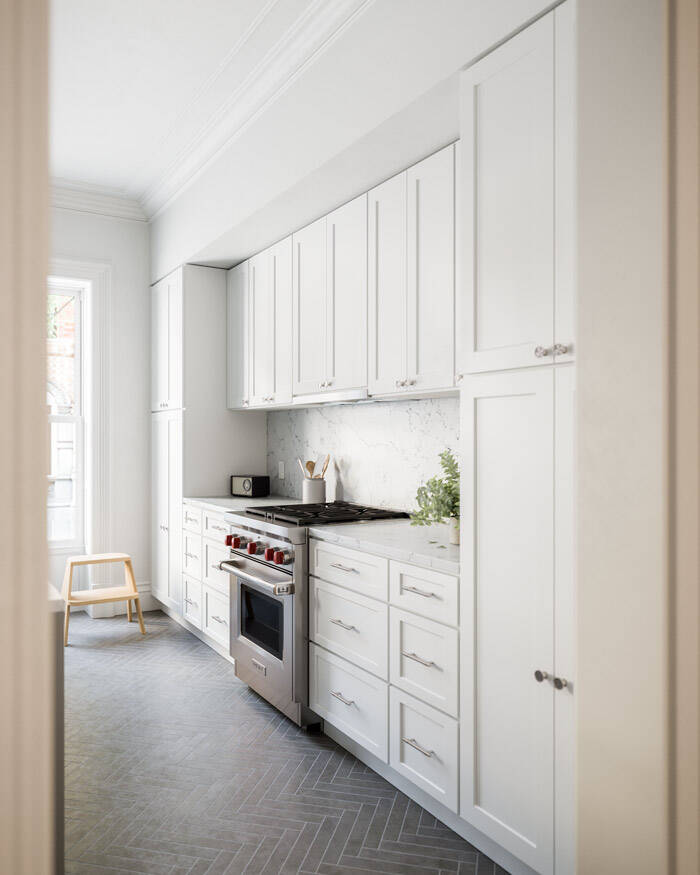
The Cost of a Home Renovation in New York City
A dream renovation can be costly. For example, you might spend on average $40,000 for a NYC bathroom renovation, while a major kitchen renovation can cost about $100,000. And even though those funds are well spent improving your home, it’s useful to know exactly where that money goes. We asked Hope Holland, a project planner at Block Renovation, to explain the most common and often unanticipated costs of a home renovation in NYC.
Labor & Construction
Whether you’re keeping everything in the same place or moving the plumbing around (which can require permits and specialized labor), the bulk of your cost will go towards labor/construction. Some rooms are pricier than others. For example, 80% of the total bathroom renovation budget covers your construction costs; whereas, in a kitchen, it’s closer to 40%. In prewar buildings, replacing copper can cost over $1,700 while replacing shutoff valves can be $300-$500. If you use a company like Block, their longstanding relationships with vetted contractors can help keep these costs to a minimum.
Cost of Materials
There are certainly ways to save with materials, but if you are redoing an entire home, the material cost can add up. Think about what you might need: tiles, vanities, mirrors or medicine cabinets, light fixtures, tubs, toilets, and plumbing fixtures. A lot can go into a tiny space! Many NYC residents choose to upgrade their bathrooms with a shower niche ($500-$700), a heated floor ($500), or a hand shower ($400). On the other hand, you may choose to keep your tub (saving $800-$1,200) or embrace your flush-o-meter toilet (which costs $1200 to change.)

Building Requirements and Fees
If you do anything beyond cosmetic work, it’s safe to say a permit could be required. For example, a master licensed plumber requires an extra $1,500 and a master licensed electrician will cost $1,200 in permit fees. If you’re in a pre-war building or don’t have drywall, it could cost over $8,000 to knock down a wall. An older building might also require replacement of the piping in the walls, which can increase your cost by a couple thousand dollars and also trigger another permit.
Unforeseen circumstances
It’s wise to reserve a little extra in the home renovation budget for anything that might come up—from water damage to plumbing relocation for specific fixtures. After hundreds of renovation jobs, Block understands how to anticipate and budget for potential risk. They will also make payments less stressful with low monthly payments and/or their build now/pay later plan. And while it may be hard to make that initial investment, remember that most sellers earn back 62% of what they put in, and in the meantime, you are making your home more efficient and comfortable for your family.
 Block Renovation is an all-in-one platform dedicated to simplifying renovations. From design to build, Block takes the uncertainty out of renovations and connects clients with the resources they need to build better. Work with vetted contractors and award winning designers to transform your home.
Block Renovation is an all-in-one platform dedicated to simplifying renovations. From design to build, Block takes the uncertainty out of renovations and connects clients with the resources they need to build better. Work with vetted contractors and award winning designers to transform your home.
learn more at blockrenovation.com.
Like what you read? JOIN the Mommybites community to get the latest on FREE online classes, parenting advice, events, childcare listings, casting calls & raffles, and our Parents With Nannies Facebook group. SIGN UP NOW!
